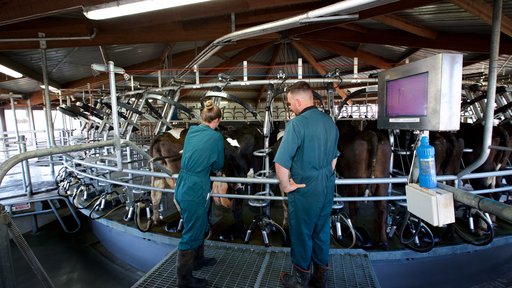What is a Hobby Farm?
A hobby farm can be a place where families can have lots of fun with all kinds of activities. For example, some families raise all kinds of livestock. Popular Hobby farm animals including dairy cows and donkeys, mules, and horses.
It can be used for pleasure as a pet, horse riding, or for agricultural work. other animals goats, llamas, and sheep. It can be used for pets, dairy products, or for their fiber. Poultry is another category that is fun to raise. Chickens, ducks, geese, and turkeys can also be used as pets and eggs.
Nowadays farmers are using various dairy farming software to increase their productivity. Moreover, all the data of each and every animal is available on smart devices with the use of dairy farming software. You can get more information about dairy farming software online at https://www.lic.co.nz/products-and-services/automation/protrack-vantage/.

Hobby farms can also be used to improve crops and gardening. Popular plants include vegetables and fruit trees. It can be used for the needs of the family tight table, to eat or to store. They can also be sold at the local farmer's market or store.
Why you should start hobby farming?
Hobby farms are fun for the family. They can give you peace of mind and enjoyment. Many retirees generate at least half of their annual income. internet connection helps them retain their original job. Animals, if chosen wisely they can be a source of food and clothing for your family. Orchards and vegetables from your own garden can put food on your family table.
Conclusion
Hobby Farm is a source of income. It can free you from the fast pace of city life. As the economic downturn is increasing, it is a great way to ensure that your family has adequate food and clothing. It is especially good for retirees. It can open a new lifestyle for you.

